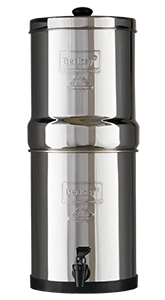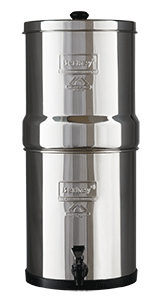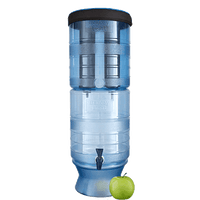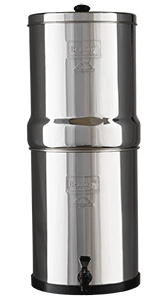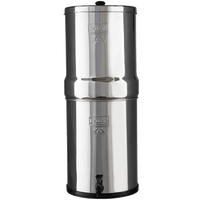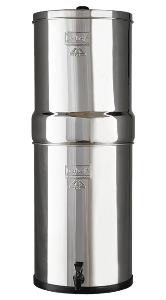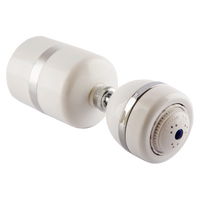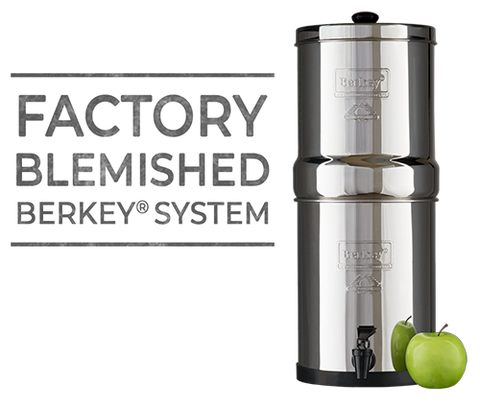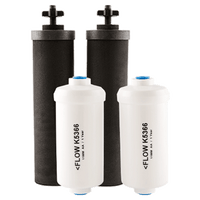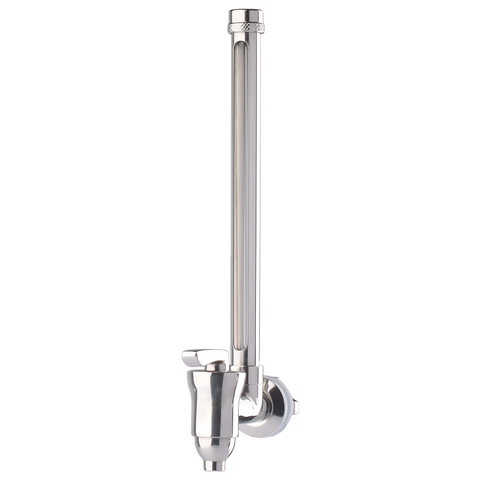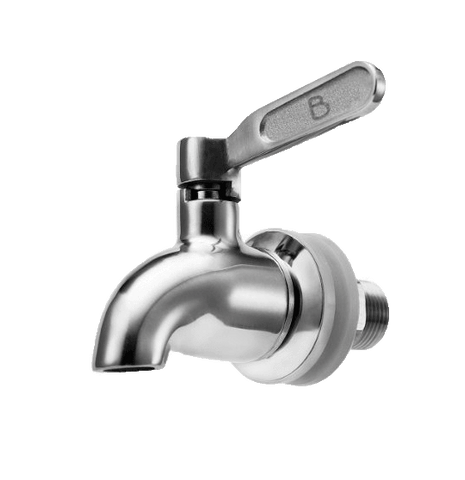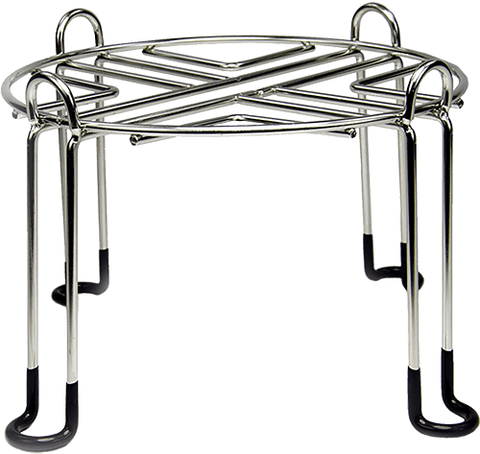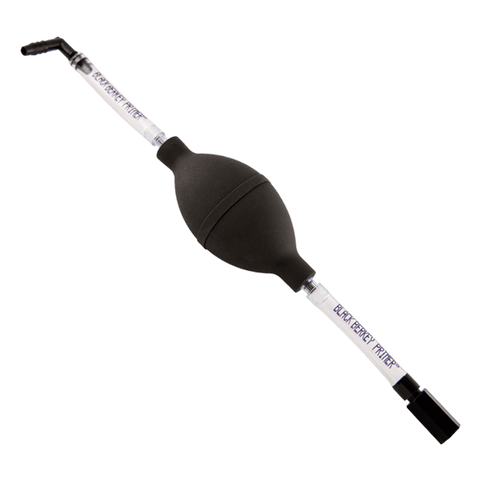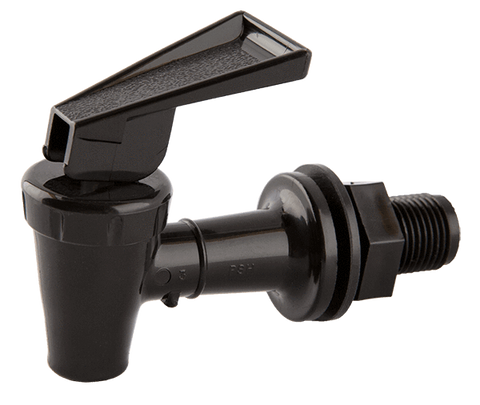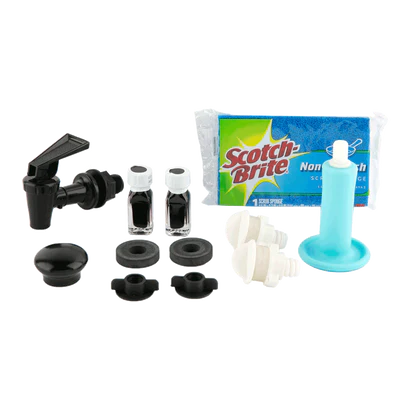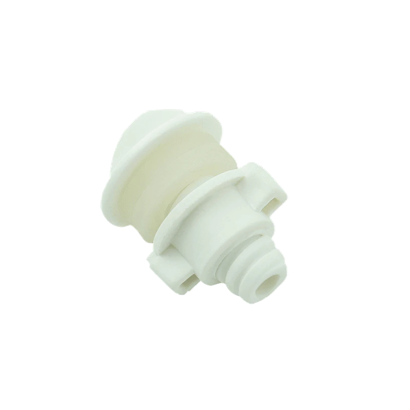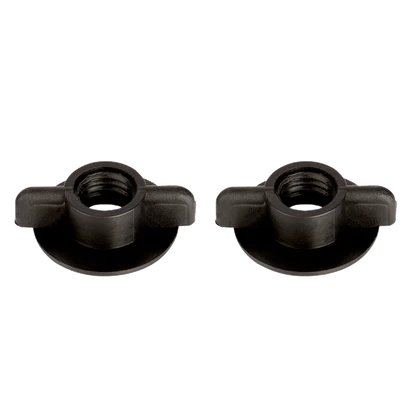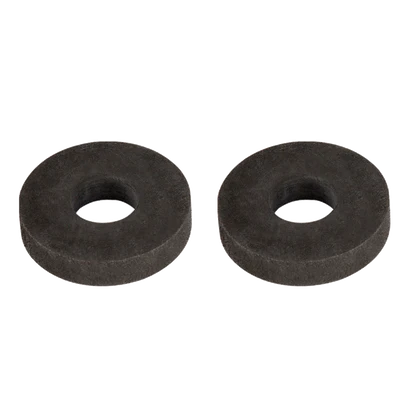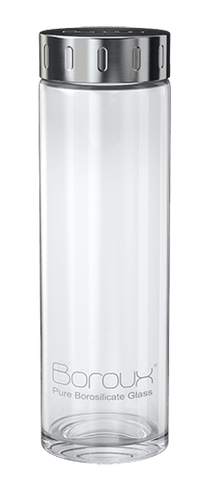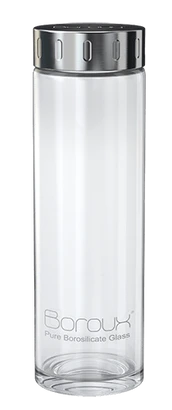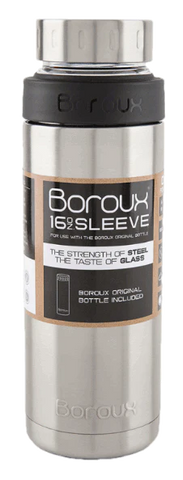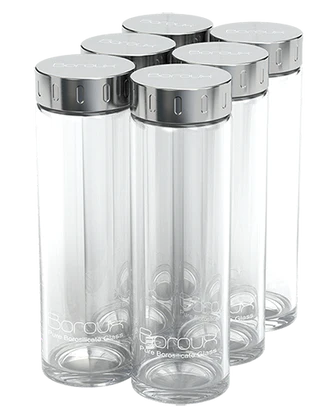
Does Berkey leach aluminum?
No, Berkey does not add aluminum to the water.
Berkeys are meant to filter the water, not further contaminate it. In-fact, Berkey reduces aluminum (up to 99%). The reason this misconception swirls around is because some at-home tests show an aluminum presence. Let's clear up this fallacy.
The optional, add-on white Fluoride Filters do contain activated alumina, also known as the compound aluminum oxide. Activated alumina is a compound of aluminum and oxygen (Al₂O₃). It is vastly different from the element aluminum. Activated alumina is not water soluble, chemically inert, and not associated with negative health effects. Examples of gem-quality aluminum oxide compounds are sapphires and rubies. Activated Alumina is an EPA-approved method of fluoride removal.
A common question regarding fluoride filtration is whether the aluminum oxide media in the filter may dissolve, allowing aluminum to enter the water stream. Aluminum oxide is largely insoluble in water within a pH range of 6 to 8, so dissolved aluminum is not generally a concern with aluminum oxide media filters, provided it is used within the recommended pH range.
Aluminum oxide filtration media may contain tiny particles of filter media inside the filter when new. These tiny particles may be introduced into the filter during the manufacturing and shipping processes, which may give the water a hazy or cloudy appearance during priming. By fully priming the filters prior to usage, these tiny particles will be dramatically reduced in the filtered water.
Checking to ensure that the pH of the influent water is within the specified range and fully priming the filters are two simple steps which help ensure that the filters are working as intended.
Most tests cannot distinguish between activated alumina and aluminum because the tests separate the oxygen from the aluminum and count the total aluminum ions, creating a false positive. It makes it look like there is pure aluminum in the water. When the oxygen and aluminum molecules are not separated, like they are in the Fluoride Filter media, they are safe. When separated, thats when problems around aluminum ingestion occur.
To improve test results, we recommend priming the PF-2 Filters more. Residual aluminum oxide from the filter media can cause test results to spike the aluminum showing up. To combat this, run water through the filters until the water coming out is clear. There should be no visible particles. Although the priming instructions say to let water run through the filters for one minute, for certain cases, we recommend letting water run through it for 5+ minutes. (We apologize for the inconvenience and will be updating our directions). We also recommend plugging both holes of the filter and then shaking vigorously.
Fluoride is one of the most difficult elements to remove from water due to its ionic size and reactivity. Because of this, Berkey created specialized filters (separate from the standard black filters) to address the reduction of fluoride. Fluoride is attracted to activated alumina. Fluoride is the negative ion of the element Fluorine.
The Black Berkey Filters can remove or reduce some fluoride, but lose their effectiveness of fluoride removal after about 100 gallons. The Fluoride Filters attach to the stems of the black filters to increase the filtering capabilities of the entire system. They're called PF-2 because the PF stands for Post Filter--it attaches to the post of the first filter and 2 because it comes in a set of two.
If aluminum does show up in test results, it's usually because there's not a separate category specifically for aluminum oxide. It's also important to know that aluminum from the aluminum oxide media inside the filters is so minuscule it's well below the Minimum Risk Level set by the Agency for Toxic Substances and Disease Registry (ATSDR). At 1 ppm/L of aluminum, a 120 lb person would have to drink 10 gallons of water in one setting, in order to meet the standard.
Aluminum is only sparingly soluble in water between pH 6 and 8; thus aluminum concentration in most natural waters is extremely low. Aluminum is not bioaccumulated to a significant extent.

